e-asTTle and NCEA co-requisite readiness
e-asTTle can help teachers to determine readiness for students to be assessed against the NCEA Literacy and Numeracy | Te Reo Matatini me te Pāngarau standards.
The new NCEA Literacy and Numeracy standards sit at approximately Level 4/5 of the New Zealand Curriculum whereby a student has full control over Level 4 and is ready to work at Level 5. These standards include literacy (reading and writing) and numeracy.
Find out more about the standards here - NCEA Change 3 - Strengthen Literacy and Numeracy Requirements and Assessments
Although the content of e-asTTle is not an exact match to the content of the NCEA Literacy and Numeracy standards, it can be used as an assessment tool to determine readiness and to notice, recognise and respond to any learning needs of individual students as they prepare for them.
e-asTTle reports indicate how students are performing relative to the New Zealand Curriculum in reading, writing and mathematics. Teachers and kaiako can use the curriculum level suggested by these results to help make a judgment on how ready a student may be to meet the co-requisite standards.
If you want to use e-asTTle for this purpose, the test should be set at an appropriate level to ensure the dependability of the results. As the co-requisite levels are set at higher level 4 and early level 5, the e-asTTle test being used should include questions at level 4 and 5. Below are some examples of test slider settings that would be appropriate.
Customised test examples
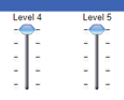
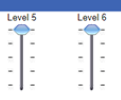
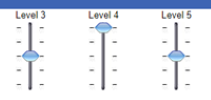
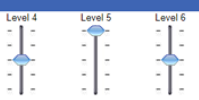
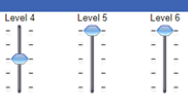
Adaptive test examples
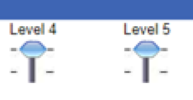



As always students should be assigned to tests that provide an appropriate challenge. The above test settings may be too hard for some students. If you know this to be the case, an easier test should be assigned to them, knowing they are not yet ready for the co-requisite standards.
Some caution should be taken if students achieve scores that indicate "readiness" but are outside the parameters of the test. For example, if the hardest question in a test is 3A, but the student scores 4A overall, then e-asTTle has had to make an educated guess to give the student a score, and it is less likely to be accurate.

